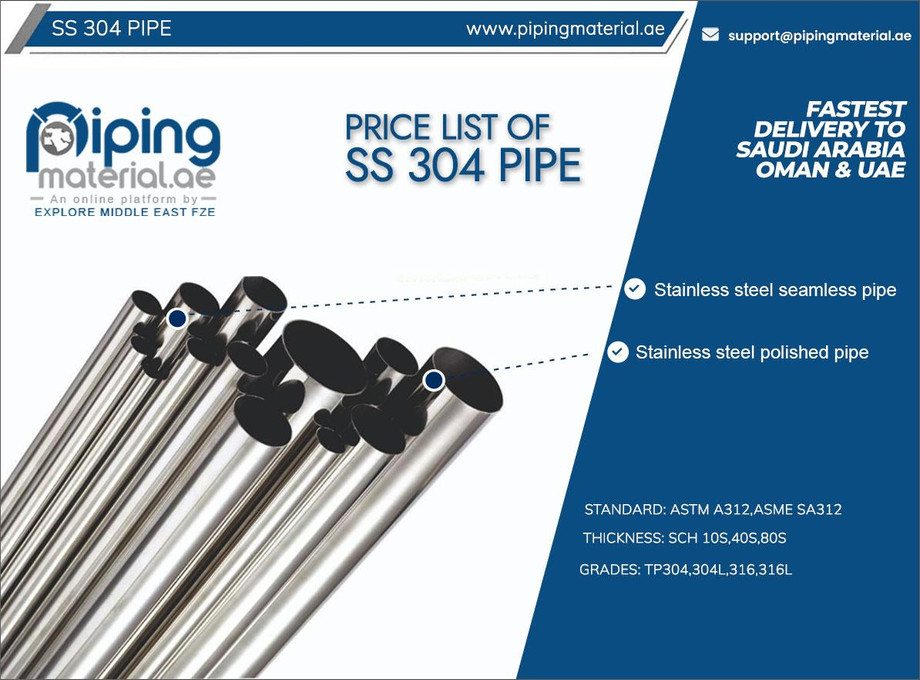Composition and Properties of Stainless steel bars:
Steel is an iron-carbon alloy based on iron. Silicon, manganese, sulfur and phosphorus are commonplace factors in steel. Silicon, manganese is in the steel as a deoxidizer and deliberately added to the rest in the steel. There is a certain amount of silicon, manganese content, the advantages of steel, otherwise, the steel cannot be good deoxidation, and the mechanical properties of the steel will be reduced.
Sulfur is in the iron ore and fuel in the molten iron, and then cannot be completely removed, it remains in the steel. Generally, sulfur, phosphorus on the mechanical properties of steel is dangerous, should be strictly controlled. But easy to cut ASTM B366 WP20CB, phosphorus to increase the brittleness of steel to improve the cutting speed. According to chemical composition, steel may be divided into carbon steel, business pure iron and alloy steel.
Carbon steel: In keeping with distinctive carbon content is divided into low carbon steel (carbon content less than 0.25%), carbon steel (carbon content material 0.25-0.60%), high carbon steel (carbon content material greater than 0.60%). Carbon steel in line with their own content of sulfur, phosphorus, how a whole lot is split into ordinary carbon steel and fantastic carbon steel.
Ordinary carbon steel: ordinary carbon according to guaranteed technical conditions, divided into class A steel, B steel and special steel.
Class A steel: only to ensure the mechanical properties of the steel. The mechanical properties of ordinary steel generally refer to yield strength, tensile strength, elongation and cold bending and four others. But both categories generally only guarantee tensile strength, elongation two. With special requirements, yield strength, cold bending, etc. may be used as additional warranty conditions.
B steel: to ensure the chemical composition, but does not guarantee the mechanical properties of the steel.
Special steel: it is to ensure the mechanical properties and ensure the chemical composition of the steel. Ordinary use of carbon steel, mainly for general building materials, such as I-beam, channel, angle, steel and so on.
High-quality carbon structural steel: high-quality ASTM B366 WPNICMC and ordinary carbon steel, must also ensure that the chemical composition and mechanical properties, sulfur elements, phosphorus and non-metallic inclusions less content, purity, uniformity and quality of surface. Therefore, its plasticity and toughness are better. This type of steel is generally melted in the open hearth or electric furnace, the deoxidation is perfect, except that few steels can melt in boiling steel, the rest are sedative steel.
According to the different quantity of manganese, high-quality carbon structural steel can be divided into ordinary manganese content and high manganese content of two categories. High quality carbon structural steel is mainly used for mechanical parts and tools, springs and so on. It is a high efficiency, cheap, widely used, where mechanical products of various sizes of structural components are widely used.
Industrial pure iron: The carbon content of less than 0.040% of ordinary carbon steel is called industrial pure iron. Industrial iron is a magnetic material for electrical, stainless steel fasteners, telecommunications and electrical instrumentation.

Alloy steel: alloy steel is based on carbon steel, in order to obtain special requirements of performance, in the fusion of certain elements by adding one or more. Such elements are called alloying elements.
Low alloy steel: Alloy with a total alloy steel content of less than 5% happens to be called low alloy steel. In alloy steel alloy factors within the overall content of five-10% of alloy steel are known as alloy steel.
High Alloy Steel: Alloy factors extra than 10% of the whole alloy steel content are known as high alloy steel.

Comments
Post a Comment